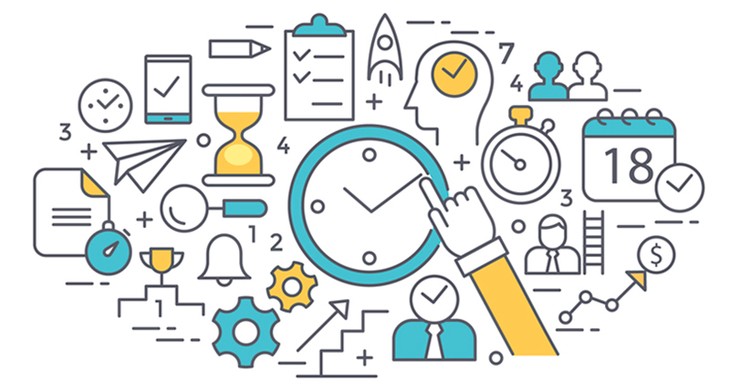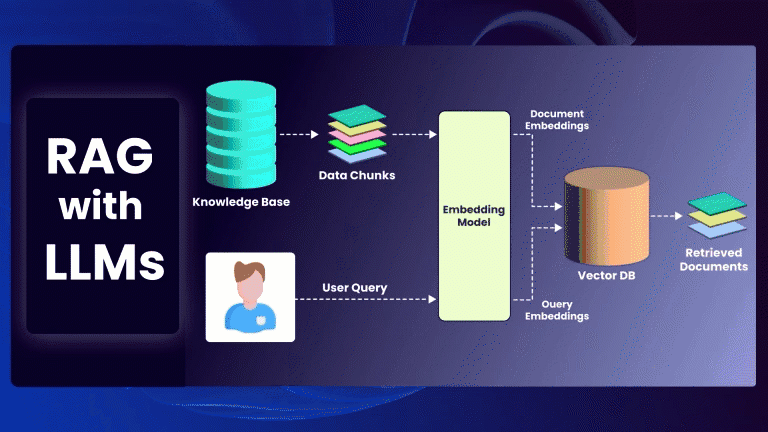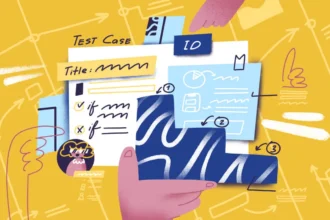Introduction
Estimation is a big part of any software project—it helps teams stay on track, meet deadlines, and deliver quality work. Recently, I had a helpful discussion with manager about how proper estimation planning can improve resource management and overall project success. Curious to learn more, I researched some simple and practical estimation techniques that work well in real-world QA testing.
In this blog, I’ll share what I’ve learned about the importance of estimation techniques, how they help in project planning, and some popular methods you can use to plan better for your testing tasks.
Importance of Estimation Techniques in QA Testing
- Effectively Plan and Allocate Resources: They help determine the time, team size, and tools required to execute testing tasks efficiently.
- Manage Deadlines: By providing realistic timelines, estimation techniques ensure that teams can meet project deadlines without compromising on quality.
- Set Clear Expectations: They allow QA engineers to communicate achievable goals and deliverables to stakeholders, fostering transparency and trust.
- Identify Potential Risks Early: Estimation techniques highlight possible challenges, such as tight budgets or resource shortages, so teams can mitigate risks proactively.
- Facilitate Requirements Gathering: By breaking down tasks and evaluating their complexity, these techniques contribute to understanding and documenting project requirements in detail.
- Reduce Project Costs: Well-planned estimates prevent resource wastage, reducing unnecessary expenses and keeping the project within budget.
- Ensure High-Quality Deliverables: Proper planning minimizes errors and ensures that testing efforts align with the project’s quality standards.
5 Simple Estimation Techniques for QA Testing
1. Expert Judgment
This method involves asking experienced team members or managers to provide estimates based on similar past projects. It’s quick and useful, but make sure to combine it with data or other techniques to avoid overestimations or biases.
2. Analogous Estimation (Top-Down)
You compare your current project to a past one that’s similar. If you’ve tested a project with 10 test cases in 3 days, you can estimate the same timeline for another project of similar scope. It’s simple but works best if you have solid data from earlier projects.
3. Parametric Estimation
This technique uses numbers and formulas to estimate effort. For example, if testing 5 test cases takes 2 hours, you can estimate testing 50 test cases will take 20 hours. It’s a more precise way to calculate, but it requires good historical data.
4. Three-Point Estimation
This is little bit more important estimation. Three-Point Estimation is one of the most reliable techniques for handling uncertain testing scenarios. Unlike a single-point estimate, which can often lead to unrealistic timelines, this method provides a balanced view by considering various possibilities.
How It Works:
Three-Point Estimation is based on calculating three key values:
- Optimistic Estimate (Best Case): The minimum time required to complete the task if everything goes smoothly.
- Most Likely Estimate (Realistic Case): The expected time required based on typical conditions and known challenges.
- Pessimistic Estimate (Worst Case): The maximum time required, considering all possible delays or risks.
Once you have these three values, you calculate the average using the formula:
E = (a + 4m + b) / 6
Why It’s Effective
- Risk Management: It accounts for uncertainties, helping teams prepare for the best and worst-case scenarios.
- Accuracy: By considering a range of outcomes, it provides more realistic estimates than single-point methods.
- Improved Planning: It helps stakeholders and managers allocate resources more effectively, as they get a clear picture of potential risks and timeframes.
Imagine you’re estimating the time to execute a set of test cases:
- Optimistic (Best Case): 2 days (minimal bugs, smooth environment).
- Pessimistic (Worst Case): 5 days (complex bugs, environmental issues).
- Most Likely (Realistic): 3 days (a mix of challenges and straightforward tasks)

This means you can confidently allocate approximately 3.3 days for this task, with awareness of potential risks.
Reference :
https://en.wikipedia.org/wiki/Three-point_estimation
5. Delphi Technique
In this technique, you gather input from multiple team members through anonymous surveys. The estimates are reviewed and refined until everyone agrees on a final estimate. This method avoids bias and ensures everyone’s input is considered.
Tips for Choosing the Right Estimation Approach
- Evaluate Project Complexity: For simple tasks, manual methods like expert judgment or analogous estimation may suffice. For complex projects, consider using software tools.
- Consider Team Experience: Highly experienced teams may rely more on expert judgment, while less experienced teams can benefit from software guidance.
- Leverage Historical Data: Combine past project data with software insights to refine your estimates.
- Stay Flexible: Be open to adjusting your approach as project requirements evolve.
Conclusion
Estimation techniques are an essential tool for QA testers to plan and deliver quality software effectively. Whether you’re using expert judgment, analogous estimation, parametric estimation, or others, the key is to pick the technique that best fits your project’s needs.










Interesting points! Building skills, not just playing, is key to long-term success – reminds me of the strategic approach at Pinas777 Slot Login. Thoughtful registration & fund management are crucial first steps!